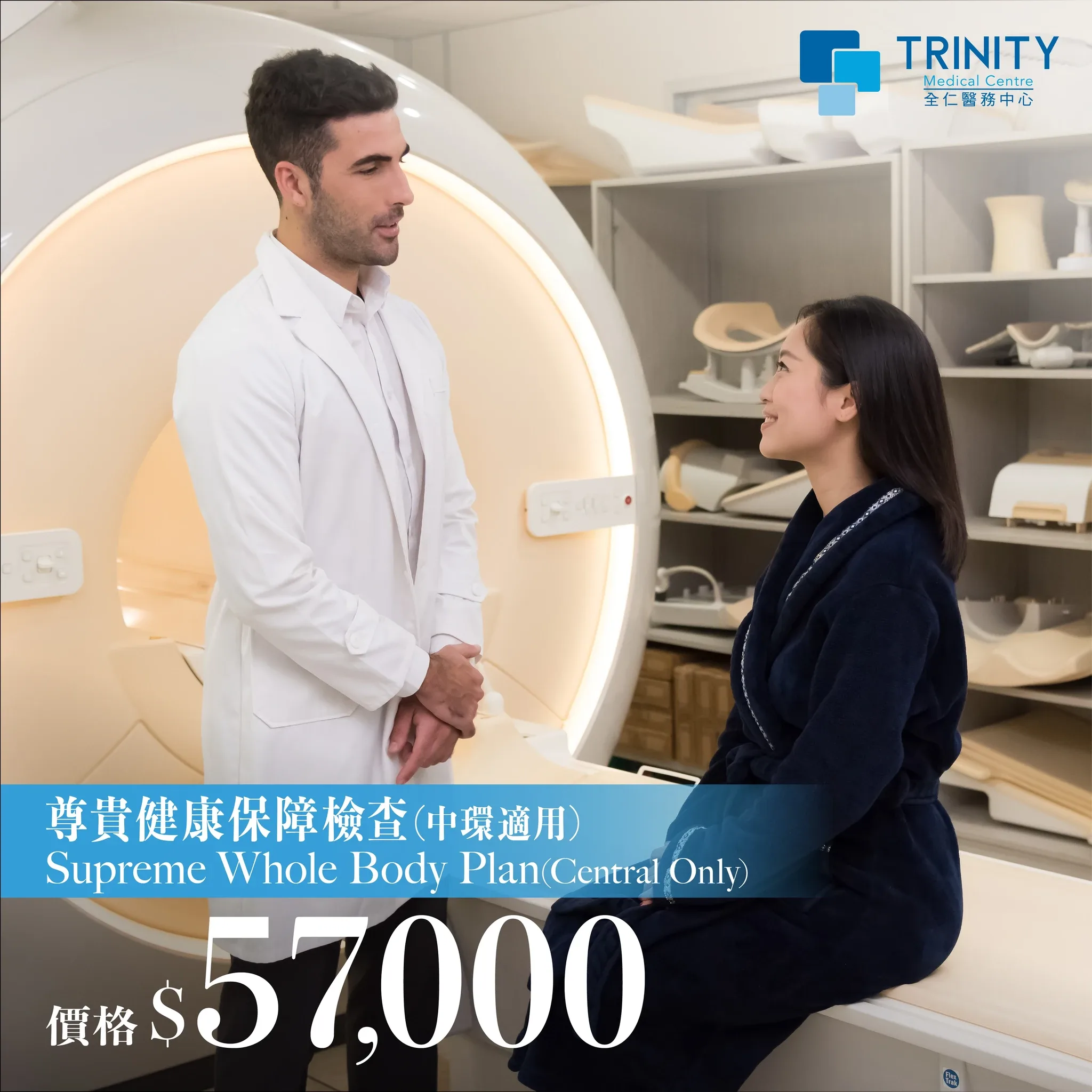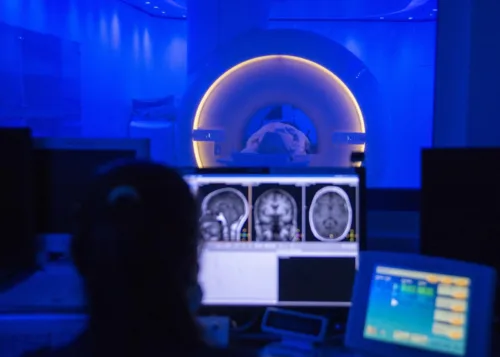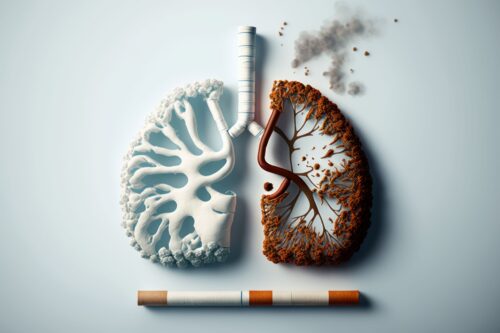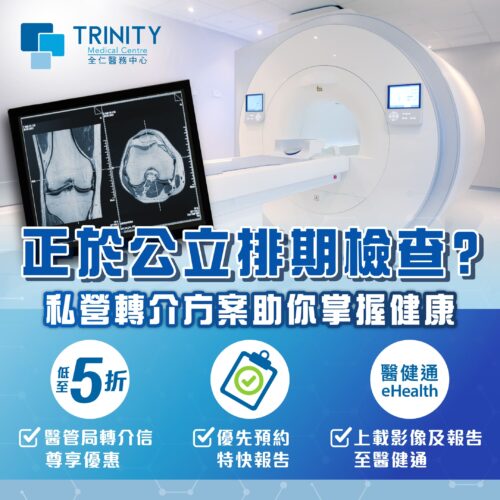Magnetic Resonance Imaging – or MRI for short – is one of the various scanning methods in place at medical facilities around the world. Typically, patients can undergo an x-ray, CT scan or MRI. Each method has its uses, as well as a list of pros and cons. With an MRI, magnets are used to create a magnetic field, which is then exposed to radiofrequency waves. This impacts hydrogen atoms in the body and they create a signal that a computer receives and uses to map out an image of the scanned body part.
The result is impressively clear images of internal structures, such as the brain and heart. MRI scans have many uses, and there are two main variants in use today. On the one hand, you have an MRI with no contrast, while on the other you have MRI with contrast. It’s the latter we wish to focus on today, explaining what this is and the benefits associated with it.
What is MRI with Contrast?
A contrast MRI is similar to a regular MRI, but it uses contrast material. This comes in the form of a gadolinium-based dye, injected into the patient. Why is this used, and what benefits can it present?
Increased visibility and clarity
The primary reason for contrast MRIs is to increase image quality and clarity. By injecting contrast into an image, it enables the radiographer to create a clearer picture of the situation. As a result, it can increase the visibility of many dangerous conditions, such as inflammation and tumours in different parts of the body.
Furthermore, MRI with contrast also highlights blood vessels and the blood supply in the body a lot better than a non-contrast MRI. This can make it easier to detect abnormalities in the blood vessels, such as blockages, carotid artery disease and aneurysms.
Improved imaging of head, neck and spine
Not only is an MRI with contrast great at improving the visibility of blood vessels, but it is also excellent at providing better images of the head, neck and spine.
When used in head scans, contrast MRI is better at showing up brain tumours, brain injuries and many other anomalies. It is primarily used when detecting stroke or dementia as well, largely because the contrast dye makes it easier to pick up abnormalities associated with these conditions.
Alongside this, contrast MRI is exceptionally good at seeing changes in bone structure. It detects and picks up on the slightest changes in cartilage and the bones, making it excellent when scanning the spine. Herniated discs, nerve issues, spinal cord problems and fractures can all be displayed in more clarity via a contrast MRI.
Limited side effects and no radiation
One of the benefits of MRI with contrast is that it presents limited side effects in comparison to other scanning techniques that use contrast materials. With x-rays and CT scans, iodine-based contrast material is used instead of gadolinium-based. There is currently no evidence that links gadolinium to any harmful health problems. By contrast, iodine-based contrast materials are often a source of allergic reactions in some patients.
Moreover, MRI with contrast doesn’t require any radiation. The same is true of a non-contrast MRI, and this is a general benefit of MRIs. By using magnetic waves and radiofrequency, there’s no need to expose the body to radiation. As such, we can say that an MRI with contrast is safer than other scanning methods with contrast as it doesn’t use radiation and is less likely to lead to side effects.
Improved interpretation of results
Naturally, the primary purpose of MRI with contrast is to deliver better and clearer results for the radiologist. As a consequence, this enables them to interpret the results with more accuracy. In essence, the contrast paints a clearer picture for the radiologist, leaving them with very little doubt as to what they see.
Thus, there is rarely any need for additional scans as the MRI with contrast provides such a good image that everything is seen via the first scan. It speeds up the diagnosis process, which can help patients receive the correct treatment as quickly as possible.
To summarise, the main benefits of MRI with contrast are that it delivers higher-quality images for radiologists, allowing for the early diagnosis of many conditions in the body. This particular scan is typically only used when more detail is required, seeing as a regular MRI still works effectively in most cases. However, when a detailed scan is needed, you won’t find a better option than MRI with contrast.

















